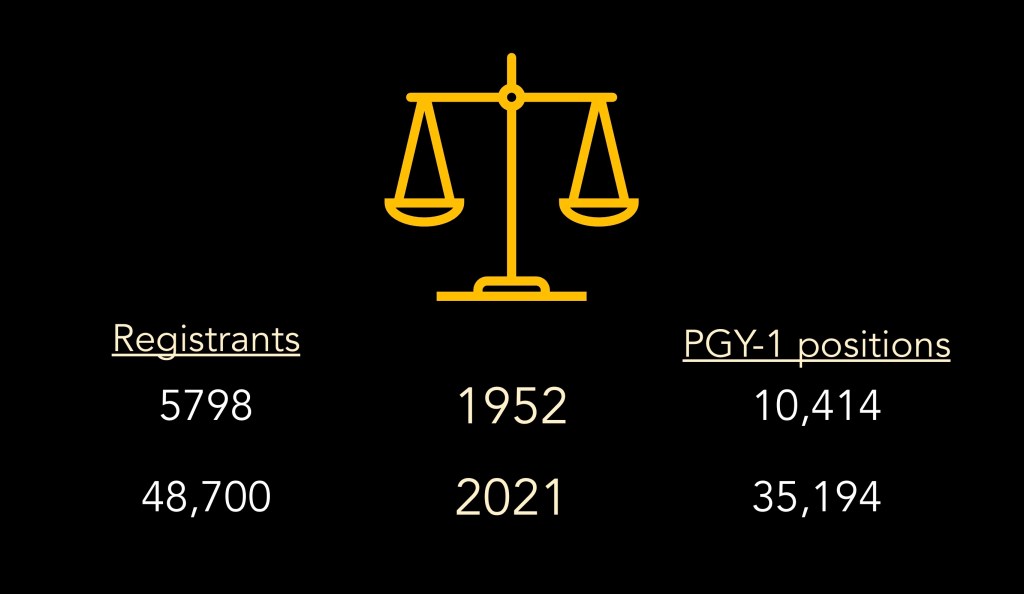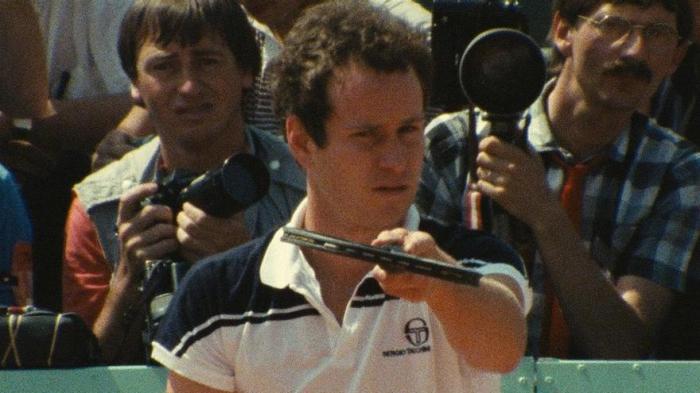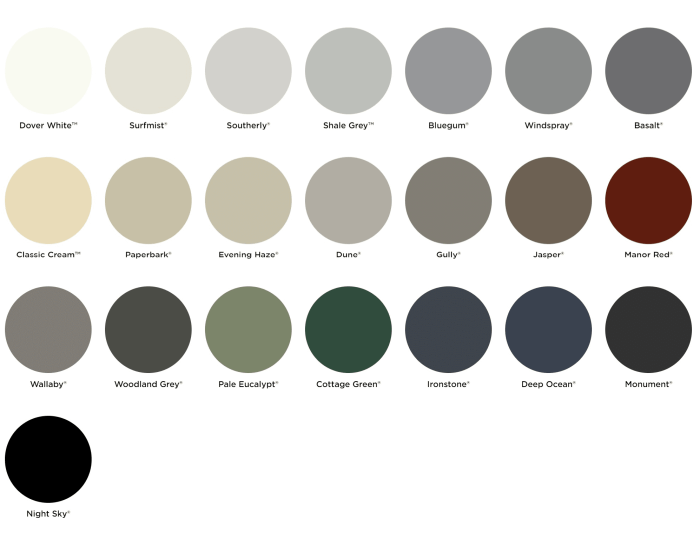Choose the closest match. cine- – In the realm of data and information, the concept of “closest match” takes center stage. It’s a fascinating journey where we explore different scenarios, algorithms, and factors that influence the selection of the most appropriate match. From real-world applications to system design and evaluation, this article delves into the intricate world of closest match, shedding light on its complexities and practical implications.
The quest for the closest match finds its application in diverse fields, from search engines and recommendation systems to image and speech recognition. It’s a fundamental concept that helps us navigate the vast ocean of data, making sense of it and extracting meaningful insights.
Types of “Closest Match” Scenarios

In various real-world situations, determining the closest match is essential. These scenarios encompass a wide range of applications, each posing unique challenges and complexities.
One common scenario is pattern recognition. Here, the task is to identify the closest match to a given pattern within a set of options. For example, in image recognition systems, the algorithm searches for the closest match between an input image and a database of known images to determine its content.
Applications in Natural Language Processing
Another scenario is natural language processing (NLP), where the closest match is often sought to understand the intent behind a user’s query or text input. Search engines, for instance, employ algorithms to find the closest matches to a user’s search query from a vast corpus of web pages.
Algorithms for Finding Closest Matches

Various algorithms are employed to determine the closest match between two or more entities. These algorithms differ in their approach, accuracy, efficiency, and scalability. Let’s explore some of the commonly used algorithms.
Brute Force Algorithm
The brute force algorithm is the simplest and most straightforward method for finding the closest match. It involves comparing each element of a dataset to the query item and selecting the one with the highest similarity score.
Advantages:Easy to implement and understand.
Disadvantages:Computationally expensive for large datasets, especially when the number of dimensions is high.
K-Nearest Neighbors (KNN) Algorithm
The KNN algorithm is a non-parametric algorithm that assigns a label to a query item based on the labels of its K nearest neighbors in the dataset. The closest match is then determined by selecting the neighbor with the most frequent label.
Advantages:Can handle complex data types and non-linear relationships. Relatively efficient for moderate-sized datasets.
Disadvantages:Accuracy can be affected by the choice of K and the distribution of data points. Sensitive to noise and outliers.
Cosine Similarity
Cosine similarity is a metric used to measure the similarity between two vectors. It calculates the cosine of the angle between the vectors, with a value of 1 indicating perfect similarity and 0 indicating no similarity.
Advantages:Efficient for high-dimensional data. Can capture semantic similarity between text documents.
Disadvantages:Not suitable for data with varying magnitudes. May not be appropriate for non-textual data.
Jaccard Similarity
Jaccard similarity is a metric used to measure the similarity between two sets. It calculates the ratio of the intersection of the sets to their union, with a value of 1 indicating perfect similarity and 0 indicating no similarity.
When looking at the options for “choose the closest match. cine-“, one might be drawn to calculus by stewart 9th edition as a potential fit. However, it’s important to carefully consider the context and specific requirements of the task at hand before making a final selection.
Advantages:Simple and easy to understand. Robust to noise and outliers.
Disadvantages:Not suitable for data with varying cardinalities. May not capture semantic similarity.
Table Comparison of Algorithms
| Algorithm | Accuracy | Efficiency | Scalability |
|---|---|---|---|
| Brute Force | High | Low | Poor |
| KNN | Moderate | Moderate | Fair |
| Cosine Similarity | High | High | Good |
| Jaccard Similarity | Moderate | High | Good |
Factors Influencing Closest Match Selection

The selection of the closest match is influenced by a number of factors, including the context in which the match is being performed, the similarity measures used to compare potential matches, and the user preferences that are taken into account.
The context in which the match is being performed can have a significant impact on the selection of the closest match. For example, if the match is being performed in the context of a search engine, the user’s query will be a major factor in determining which results are considered to be the most relevant.
In contrast, if the match is being performed in the context of a machine translation system, the source text will be a major factor in determining which translations are considered to be the most accurate.
The similarity measures used to compare potential matches can also have a significant impact on the selection of the closest match. There are a wide variety of similarity measures that can be used, each with its own strengths and weaknesses.
The choice of similarity measure will depend on the specific application in which the match is being performed.
Finally, the user preferences that are taken into account can also have a significant impact on the selection of the closest match. For example, a user may prefer matches that are in a specific language or that are from a specific source.
In some cases, the user may even be able to provide feedback on the quality of the matches, which can be used to improve the selection process.
Considering Factors in Closest Match Selection
When selecting the closest match, it is important to consider all of the factors that may influence the selection. By considering the context, the similarity measures, and the user preferences, it is possible to select the closest match that is most appropriate for the specific application.
In some cases, it may be necessary to use a combination of factors to select the closest match. For example, in a search engine, the user’s query, the similarity measures, and the user preferences may all be used to determine which results are considered to be the most relevant.
By considering all of the factors that may influence the selection of the closest match, it is possible to select the match that is most appropriate for the specific application.
Applications of Closest Match

Finding the closest match is a fundamental task in various real-world applications, where the objective is to identify the most similar item from a given set of candidates. This technique offers several benefits, including:
- Improved accuracy in data retrieval and analysis
- Enhanced efficiency in search and recommendation systems
- Personalized experiences tailored to individual preferences
However, it is important to consider the limitations of closest match techniques as well, such as:
- Sensitivity to noise and outliers in the data
- Potential for bias or unfairness in decision-making
- Computational complexity when dealing with large datasets
Designing a Closest Match System: Choose The Closest Match. Cine-

Designing a closest match system involves several key steps, including data structure selection, similarity measure selection, and algorithm selection. These choices impact the system’s accuracy, efficiency, and scalability.
Data Structure Selection
The choice of data structure depends on the nature of the data being matched. For large datasets, hash tables or tree structures may be suitable for efficient storage and retrieval.
Similarity Measure Selection
The similarity measure determines how the closeness of matches is calculated. Common measures include cosine similarity, Jaccard similarity, and Euclidean distance.
Algorithm Selection
The algorithm used for finding the closest match depends on the data structure and similarity measure chosen. Common algorithms include brute-force search, binary search, and nearest neighbor search.
Design Process Flowchart
The following flowchart illustrates the design process of a closest match system:
Start | V Define requirements | V Choose data structure | V Select similarity measure | V Choose algorithm | V Implement and test system | V Evaluate and refine system | V End
Evaluation of Closest Match Systems

Evaluating the performance of closest match systems is crucial to ensure their effectiveness and efficiency. Several metrics are used for this purpose, each measuring different aspects of the system’s performance.
Accuracy
Accuracy measures the correctness of the system’s matches. It is calculated as the ratio of correctly matched items to the total number of items in the dataset. A high accuracy indicates that the system is consistently producing accurate matches.
Efficiency, Choose the closest match. cine-
Efficiency measures the speed and resource consumption of the system. It is typically measured as the time taken to find a match or the amount of memory used. An efficient system can handle large datasets and produce matches quickly, making it suitable for real-time applications.
Scalability
Scalability measures the system’s ability to handle increasing data volumes. A scalable system can maintain its performance even as the dataset grows, ensuring its effectiveness in large-scale applications.
Evaluation Experiments
Evaluation experiments are conducted to assess the performance of closest match systems. These experiments involve using a dataset of known matches and comparing the system’s matches to the known ones. The accuracy, efficiency, and scalability of the system are then calculated based on the results.
Analysis of Results
The results of evaluation experiments are analyzed to identify areas for improvement and optimize the system’s performance. The analysis should consider factors such as the type of data, the matching algorithm used, and the computational resources available.
Essential FAQs
What are the different types of closest match scenarios?
Closest match scenarios can vary widely, from finding the most similar document in a text corpus to identifying the closest image in a database. The specific type of scenario depends on the application and the nature of the data.
What factors influence the selection of the closest match?
Several factors can influence the selection of the closest match, including the context of the search, the similarity measures used, and the user’s preferences. These factors can be incorporated into the closest match selection process to improve accuracy and relevance.
What are the challenges in determining the closest match?
Determining the closest match can be challenging, especially when dealing with large datasets or complex data types. Challenges include defining appropriate similarity measures, handling noise and outliers, and ensuring scalability and efficiency.